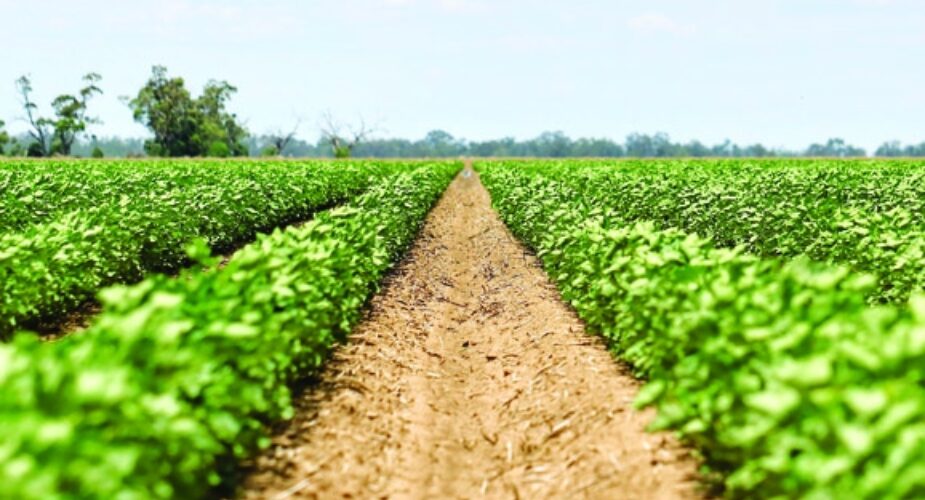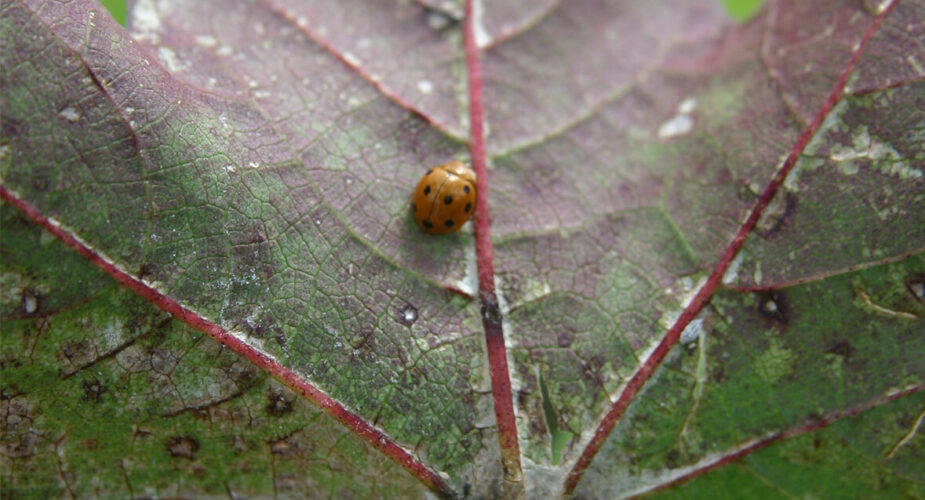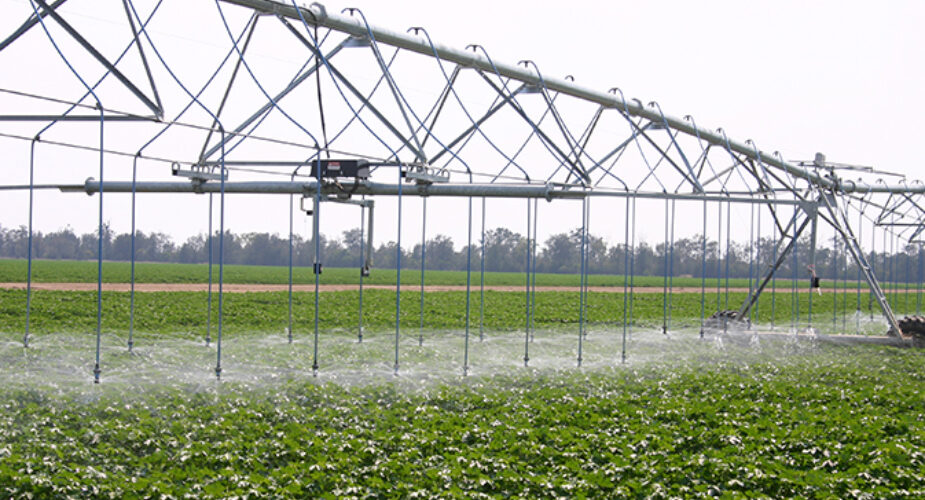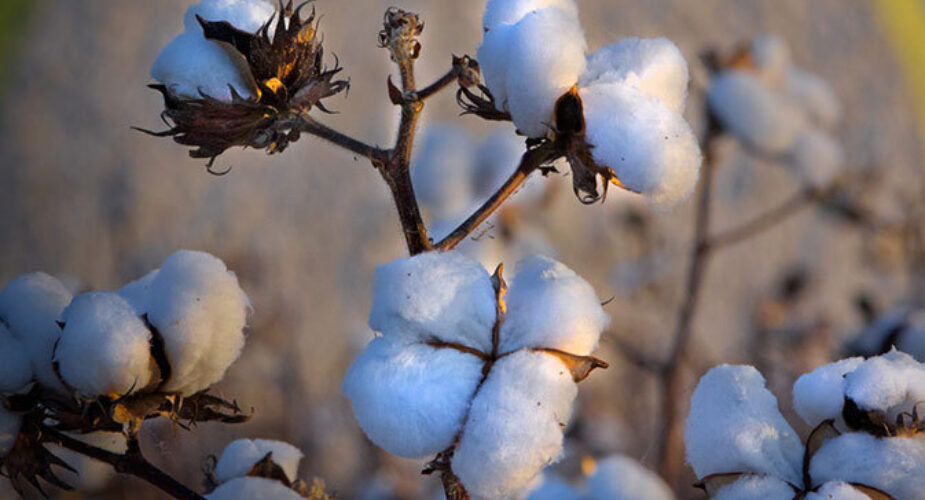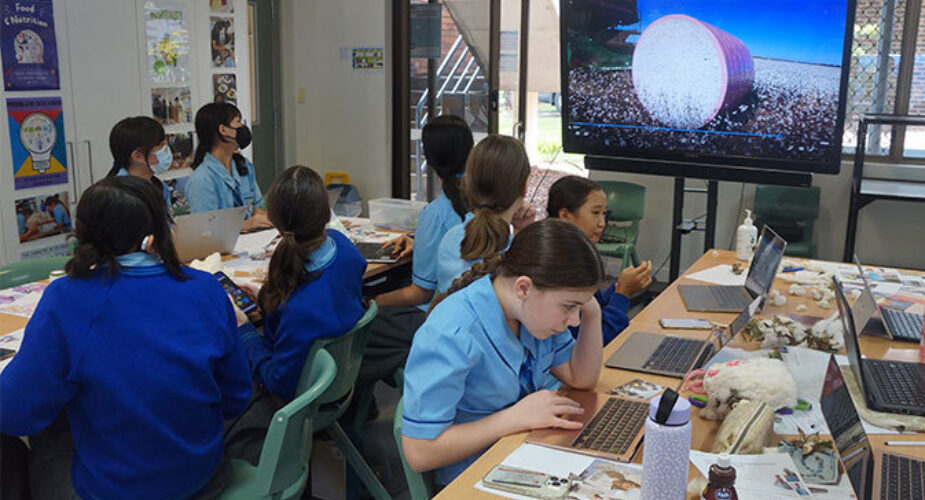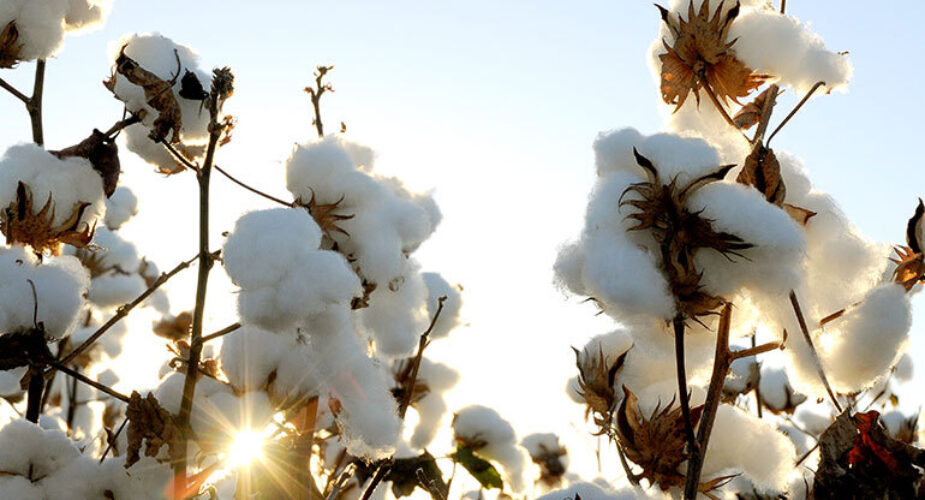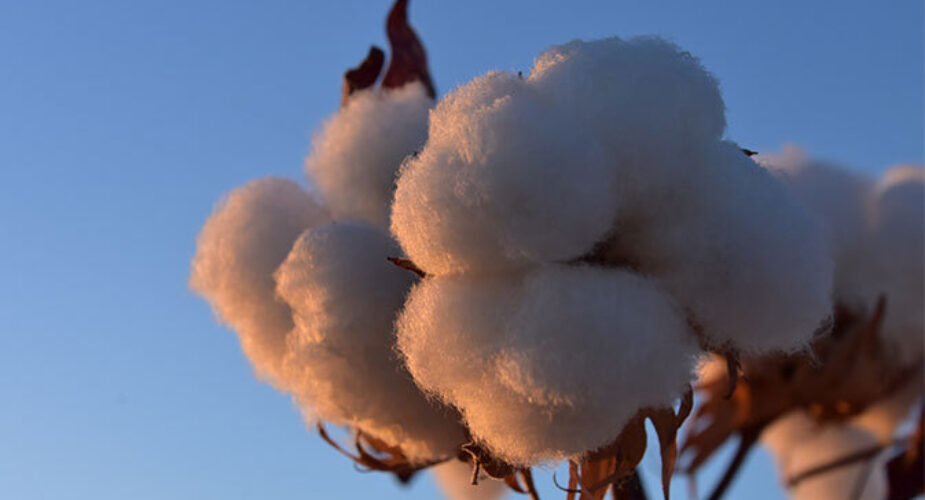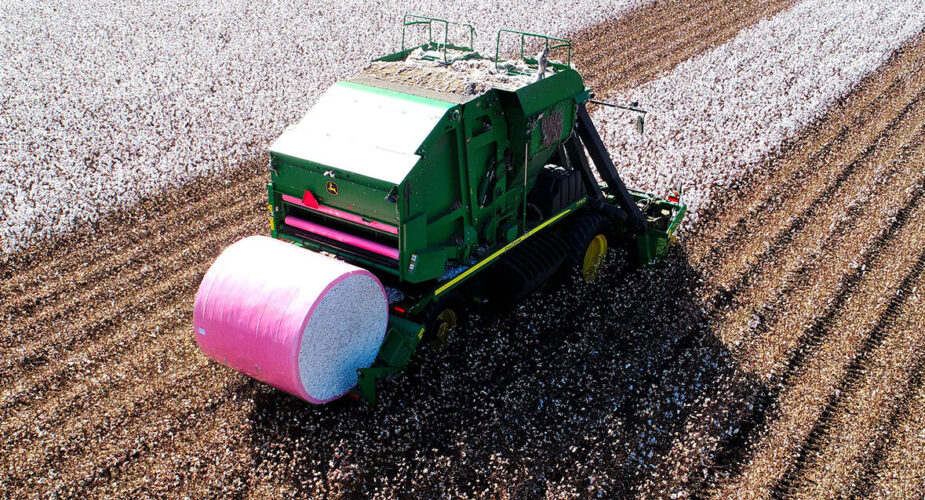Cotton Australia resources - Primary
Cotton Activities for Primary School Students
Who: 1-6
What: This set of six activities are all hands-on STEM-inspired projects that can be carried out at home or in the classroom. Projects target the three primary school stages and include a cotton hunt, design and make, scientific investigation and deconstructing a plant to study its features.
Australian Curriculum: Stage 1 focuses on representing data with objects and drawings in the first project and then investigating living things. Stage 2 focuses on biological sciences and distinguishing living from non-living things and life cycles. Stage 3 focuses on design and technology in the first activity and science inquiry skills in the science investigation project.
Publisher: Cotton Australia
Introduction to Cotton (K-2)
Who: K-2
What: This lesson is a great introduction to cotton from growth to end product with least emphasis on spinning and weaving. This lesson looks at how the cotton plant grows, the needs of the plant (e.g. sunlight, water, nutrients) and helps students understand how their daily needs are being met.
Australian Curriculum: This lesson helps identify how people design and produce familiar products and consider sustainability to meet personal and community needs. It allows students to explore how plants and animals are grown for food, clothing and shelter and how clothing is created sustainably for year 2 design and technologies. It also helps students understand how living things grow, change and have offspring in a variety of ways in the biological sciences whilst enabling students to understand the connections of people in Australia to other places in Australia and the world in geography.
Publisher: Cotton Australia
Introduction to Cotton (3-6)
Who: 3-6
What: This lesson is a great introduction to cotton from growth to end product with least emphasis on spinning and weaving. The lesson touches on how the natural environment has been modified to suit our needs (e.g.land cleared, channels dug to divert water, laser levelling), environmentally friendly practices (e.g. water use recycling) and the end use for a variety of cotton products. There are worksheets and extension activities.
Australian Curriculum: Design and Technology, Geography, Science
Publisher: Cotton Australia
Australian cotton plant adaptations
Who: Stage 3. Year 5
What: This 40-50 minute lesson enables students to discover some of the structural features and adaptations of the cotton plant that helps it to survive and thrive in Australia.
Australian Curriculum: Science Understanding / Biological sciences / ACSSU043
Publisher: Cotton Australia 2017
Cotton farmers love ladybirds
Who: Years 1-2
What: This five lesson mini-unit uses ladybirds for students to gain an understanding about beneficial insects and their vital role on a cotton farm. Once prior learning is identified, students focus on the insects lifecycle and anatomy, habitat where their needs are met and to end the unit, look at how farmers use science in their daily lives which include caring for their environment and living things.
Australian Curriculum: Science
Publisher: Cotton Australia
Water and irrigation technology on a cotton farm in Central Queensland
Who: Years 1 – 6
What: A presentation for primary school students about water use on cotton farms in Australia. It includes information and images about what water is used for, where the water comes from, how the water is stored and how it is used to water the cotton crop. It also features a comparison of how water is conserved in schools and on cotton farms and a video link showing how to start a syphon.
Australian Curriculum: Design and Technology, Geography, Science
Publisher: Cotton Australia
From Seed to Sock
Who: Year 6
What: These activities focus on the need for water sharing within the cotton industry and involve students in a range of engaging activities, including concept cartoons, circles of concern, multimedia clips and games.
Australian Curriculum: Science - Stage 3. The growth and survival of living things are affected by physical conditions of their environment (ACSSU094). Sudden geological changes and extreme weather events can affect
Earth’s surface (ACSSU096).
Publisher: Cotton Australia & Primary Industries Education Foundation Australia
All About Cotton Maths Challenge
Who: Years 3-4
What: Australian Curriculum: Represent money values
in multiple ways and count the change required for simple transactions to the
nearest five cents (ACMNA059). Collect data, organise into categories and
create displays using lists, tables, picture graphs and simple column graphs,
with and without the use of digital technologies (ACMNA069). Solve problems
involving purchases and the calculation of change to the nearest five cents
with and without digital technologies (ACMNA050). Construct suitable data
displays, with and without the use of digital technologies, from given or
collected data. Include tables, column graphs and picture graphs where one
picture can represent many data values (ACMSP096).
Publisher: Cotton Australia & Primary Industries Education Foundation Australia
Cotton Australia resources - Secondary
Wrapped in Cotton: Resource Set 1
Who: Fashion Applied Senior Syllabus and Textiles & Design. Value to students across all design and creative industries.
What: Wrapped in Cotton provides actionable resources to help you navigate your students into the circular fashion economy as fashion users and designers. Explore sustainable fashion design processes from fibre to fashion. Make conscious choices at each stage by planning for garment durability and end of life, so that garments can feed back into regenerative systems. Wrapped in Cotton includes dynamic resources such as video, websites, research, and case studies.
Australian Curriculum: Aligned with Fashion Applied Senior Syllabus and Textiles & Design
Wrapped in Cotton: Resource Set 2
Wrapped in Cotton: Resource Set 2
Who: Fashion Applied Senior Syllabus and Textiles & Design.
Australian Curriculum: Aligned with Fashion Applied Senior Syllabus and Textiles & Design
Publisher: Emma Bond for Cotton Australia
- Teacher Guide
- Wrapped in Cotton Set 2: Lesson and slide deck
- Print Design and brief student worksheet
- Canva: Why and how to use
- Making a seamless print: Instructions
- Making a seamless print: Video
- Repeating your seamless print: Instructions
- Repeating your seamless print: Video
- Rendering your seamless print: Instructions
- Rendering your seamless print: Video
- Fashion templates
Australian Cotton: Following the thread (NSW)
Who: NSW Technology Mandatory Years 7-8
What: The aim of this unit is to help teachers and students in secondary schools investigate how cotton is produced in managed environments and source information and resources about how the characteristics and properties of cotton and cottonseed determine how these products can be used. Students develop knowledge and understandings about how cotton is grown, produced and processed in managed environments. Students also investigate and explain how both cotton and cottonseed oil have certain characteristics and properties that determine how they can be used. Using ‘design and production skills’ students design either a cotton muslin bag or an infused cottonseed oil with a detailed label design that educates consumers about how it was produced.
NSW Curriculum: Agriculture and food technologies
Publisher: FutureGen Education for Cotton Australia
Australian Cotton: Following the thread (National)
Who: Years 7-8
What: The aim of this unit is to help teachers and students in secondary schools investigate how cotton is produced in managed environments and source information and resources about how the characteristics and properties of cotton and cottonseed determine how these products can be used. Students develop knowledge and understandings about how cotton is grown, produced and processed in managed environments. Students also investigate and explain how both cotton and cottonseed oil have certain characteristics and properties that determine how they can be used. Using ‘design and production skills’ students design either a cotton muslin bag or an infused cottonseed oil with a detailed label design that educates consumers about how it was produced.
Australian Curriculum: Food and fibre production and food specialisations
Publisher: FutureGen Education for Cotton Australia
Research case study - A Comparison of Arthropod Communities in Transgenic Bt and Conventional Cotton in Australia
Who: Year 11 and 12 HSC Ag
What: This research case study (PDF) allows HSC students and teachers of stage 6 agriculture to analyse a research study of the development and/or implementation of one agricultural biotechnology in terms of: design of the study, methodology of the study, collection of data for the study, presentation of data, analysis of the data , conclusions and recommendations. It is useful for the Farming for the 21st century Elective 1 research study on the implement.
NSW Syllabus: Agriculture Stage 6 syllabus H 4.1 Applies appropriate experimental techniques, technologies, research methods, data presentation and analysis in relation to agricultural problems and situations.
Author: This was written by Cotton Australia in 2013 for schools . The original research upon which this is based is by Louise Lawrence, Mary Whitehouse, Lewis Wilson and Gary Fitt and published in Outlooks on Pest Management in October, 2005. The article is reproduced in this document by permission of Research Information Ltd.
Primezone - Primary
Primezone - Secondary
- Farm diaries
- Out and about on farms
- A year on a farm
- Farms have distinctive features
- Farms and people’s connections to them
- Investigating food and fibres
- Discovering past methods of food and fibre production
- Finding Farms
- Investigating technologies in agriculture
- Exploring sustainable practices in food and fibre production
- PIEFA STEM Challenge
Other resources - Primary
- Using Water sustainably through science
- Investigating key Australian fibre production practices in the cotton, timber and wool sectors
- Navigating primary industries into the 21st Century
- Biomes that produce our food, industrial materials and fibres
- Determining the probability of good day for sowing cotton
- Cotton in the Wardrobe – needs a Scootle login


